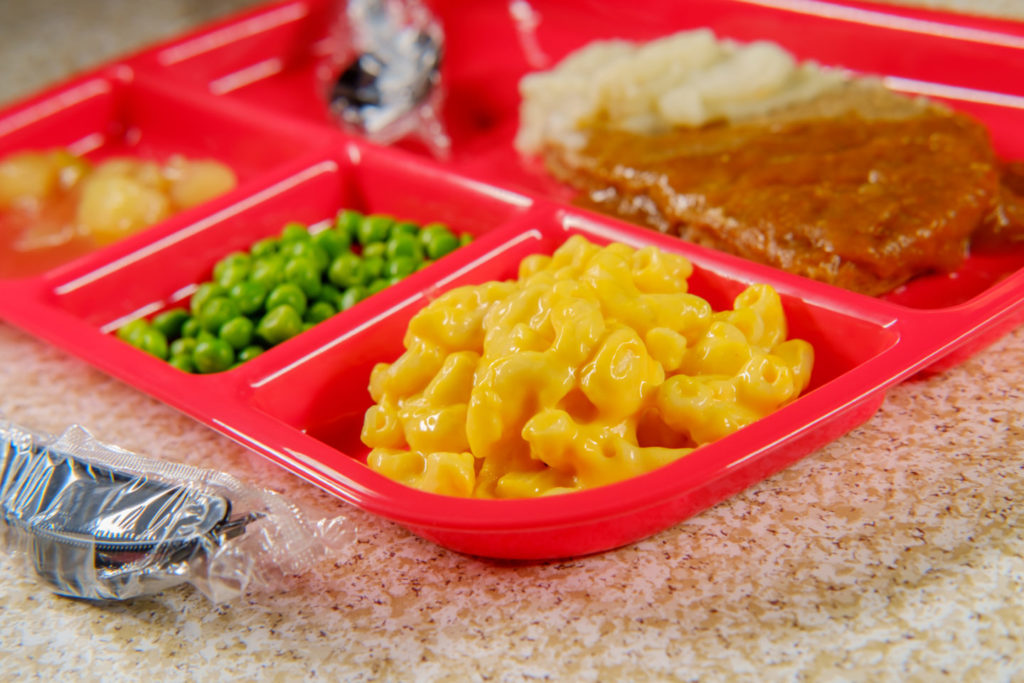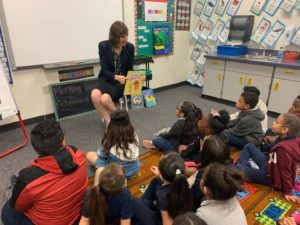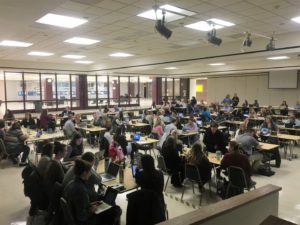Wasteful ‘free’ lunch programs turn schools from academic institutions into social service centers
Many U.S. school districts have announced the start of summer-long free school meal programs, despite the waste associated with such projects.
Districts in Texas, Mississippi, Pennsylvania,…

Many U.S. school districts have announced the start of summer-long free school meal programs, despite the waste associated with such projects.
Districts in Texas, Mississippi, Pennsylvania, Alabama, Arkansas, Florida and elsewhere are offering free breakfasts and/or lunches to students younger than 18, sometimes without even requiring identification or proof of income.
The meals are intended to help boost learning retention.
“It’s so important to be able to feed kids in the summer, because there are a lot of kids that rely on the regular meals that they get at school on a daily basis,” said Ted Whitehead, assistant director of child nutrition for the Fayetteville district in Arkansas.
“It actually means that parents trust us,” said Katoya McCaskill, a school principal whose meal program is open to any child in Duval County.
While providing free meals to food-insecure kids may be well intentioned, research shows that school lunches aren’t the most efficient way to do so.
Less than half (44.7%) of the cost of a school lunch is because of food, according to research from the School Nutrition Association.
The remaining 55% is spent on things like labor, supplies, facilities, and administrative services.
Another study released in 2020 by the Journal of Child Nutrition and Management found that even without factoring labor or administrative costs, school lunches were still more expensive than lunches prepared at home.
Homemade lunches had a median food cost of $1.55 while school lunches cost more than $2.
Additionally, the World Wildlife Fund estimates U.S. schools waste 530,000 tons of food annually and that the resulting waste costs as much as $9.7 million a day to manage.
On a broader scale, the growing push for free school meals, both in summertime and the school year, is part of a larger movement to effectively turn schools into social service centers.
In February, Gov. Gavin Newsom announced he would be investing $4 billion to turn a third of California’s schools into community schools – social service hubs of counseling, health care, nutrition programs and more, not just for students but for their families as well.
It comes as conservative critics are calling for schools to get back to basics, such as reading, writing, and arithmetic.
Notably, California has the lowest literacy rate and some of the worst test scores in the nation.



